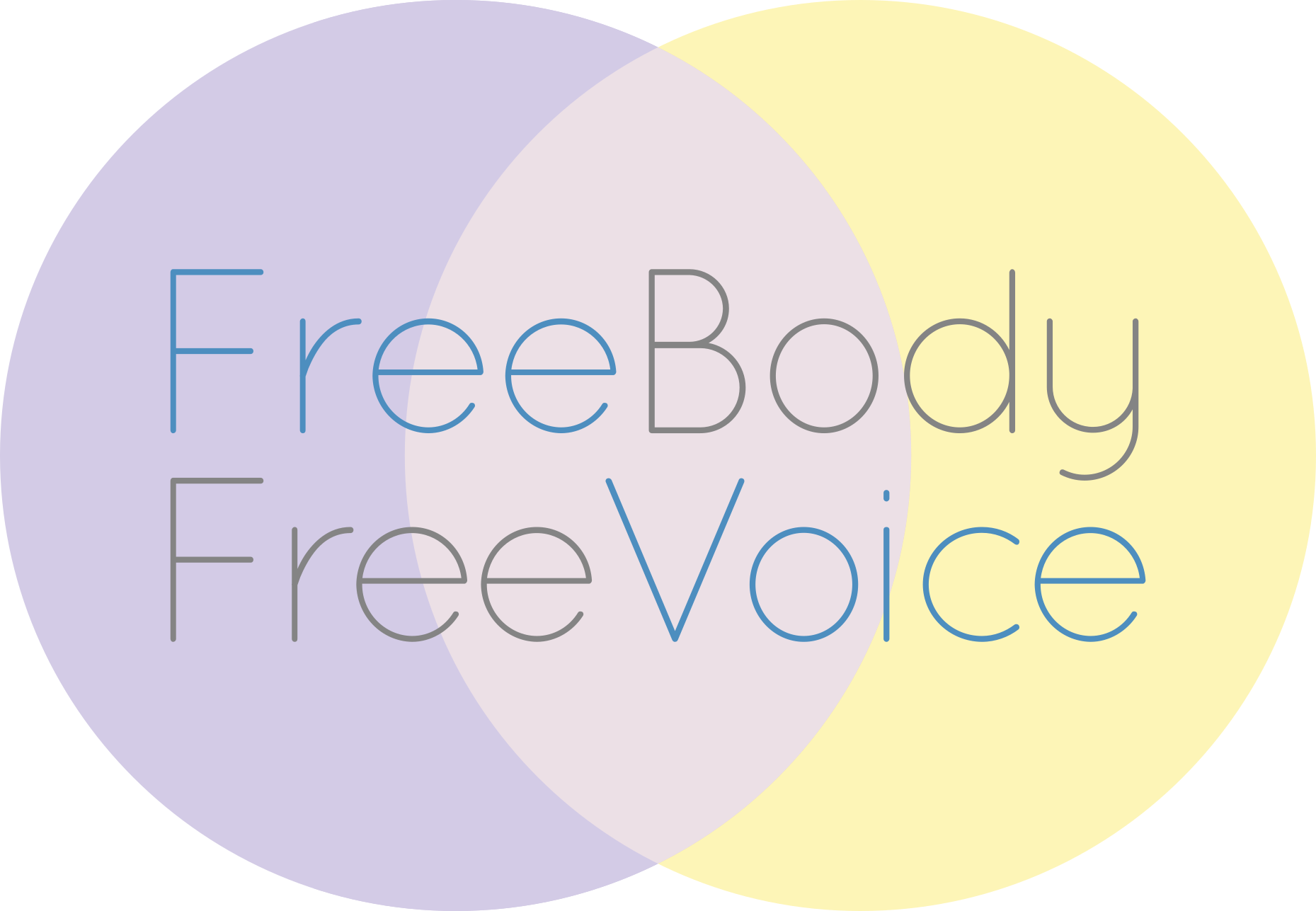Arm, arm, ye brave!
In singing or any other activity, we get the best response out of our bodies when they are well coordinated. This means that all the muscles of the body are pulling against each other in a state of harmoniously balanced tension. Anytime that there is a "pocket" of over-slackness somewhere in the system, meaning certain muscles are not participating in the web of coordinated tension, this creates a drag on the whole system. This drag forces the body to work harder to do anything, even just to maintain its uprightness. It's like having an idler in a team of workers: when someone is not pulling his weight, his coworkers must work harder to compensate. This imbalance -- in the team of workers or in your body -- creates tension and stress!
Photo by Parker Whitson on Unsplash
Even the non-participation of a seemingly insignificant muscle group can wreak havoc on the responsiveness of our bodies. I've written before about the importance of allowing the facial muscles to stay "activated" when we sing. If your cheeks go over-slack in the middle of a phrase, the resulting downward tendency of the face snowballs into a detrimental downward force along the entire front of the body, including the area of the vocal cords. The state of balance of the body is delicate, so any force that offsets the balance even a little can cause strain as the other available muscles struggle to take up the slack.
Whenever a part of your musculature is under-energized, you can be sure that somewhere else in your body other muscles are over-working to compensate.
In my recent Alexander Technique investigations -- exploring how to bring about better coordination in my students and in my own body -- I have discovered that virtually all of us share a common area of under-activation in our bodies: our upper arms. By "upper arms," I am referring not only to the arms themselves, but also to the shoulders and armpits and all the associated muscles. Many important muscles involved in posture terminate in this area, the trapezius and the latissimus ("traps" and "lats") in particular.
I've been using baby-like movements to retrain the musculature of my upper arms and those of my students. Starting face-down on the floor with palms flat on the floor to either side of your head, the student can look up, lifting her gaze and eventually her head, and her arms will engage in a certain, beneficial way to assist her coming up. (The correct coordination may not spontaneously arise -- the student's habits may interfere -- but with a little verbal and hands-on coaching, I can encourage a more effective muscular pull in this activity.) Here's what it looks like in a professional baby:
Note the dynamic pull to the elbows, the opening across the baby's upper chest, and the freedom of its head to balance atop the spine. These are just the qualities we are hoping to achieve in our own coordination!
With every singing student I've tried this recoordinating procedure with so far, there has been an immediate and dramatic improvement in resonance and volume along with a reduction in effort needed to sing. In my own last voice lesson, I experimented with activating my arms to improve my overall coordination, and my teacher (who didn't yet know I was experimenting) was stunned at the improved quality of my singing. After I let her know what I was doing, she remarked that the changes I'd brought about by using my arms in this new way had allowed me to break through to a higher level of vocal coordination. Subtleties in registration and resonance towards which we'd be working with only moderate success could now happen spontaneously in my newly coordinated body.
Re-awakening the activation of my upper arms has also improved the uprightness of my posture while making it easier and more comfortable and revamped my weight-lifting workouts and my swimming. I even feel happier in general, as it feels physically as though a great weight has been lifted off my chest.


